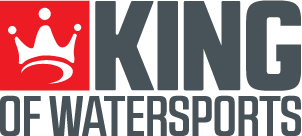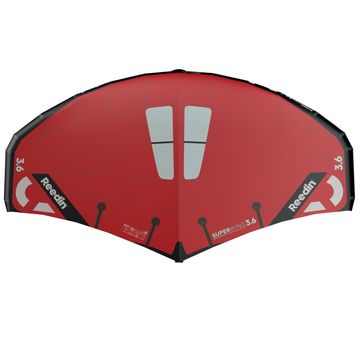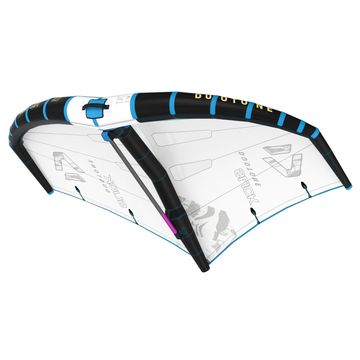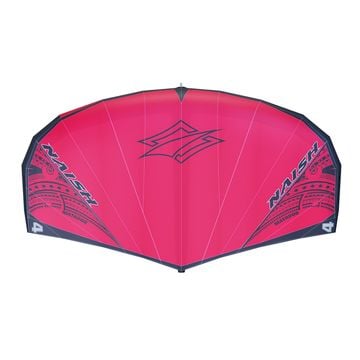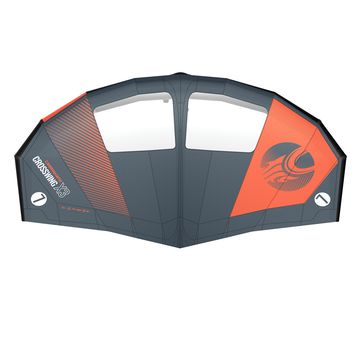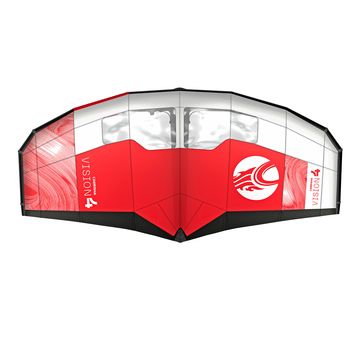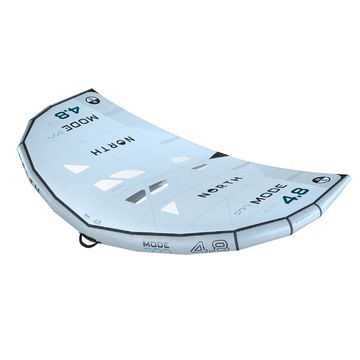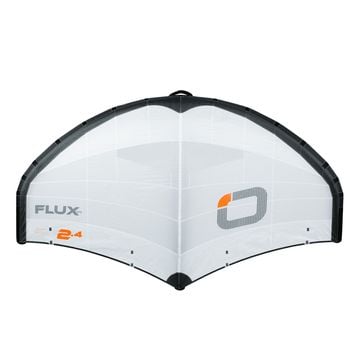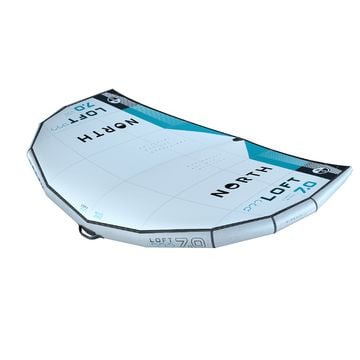Essential Guide for Beginners: Mastering Pump Foiling Techniques
Discover the fundamentals of pump foiling, an exhilarating technique crucial for sports such as foil surfing, SUP (Stand Up Paddle) foiling, and wing foiling. This beginner-friendly guide introduces you to the art of self-propelled flight using a hydrofoil board, offering insights on enhancing your hydrofoiling abilities and achieving longer flight durations. Whether you're dock starting or aiming to refine your skills, this guide lays the foundation for a thrilling hydrofoil adventure.

We often receive the question, "What is the point of dock starting?" quite frequently, and the most straightforward answer is that it's primarily a skill that enhances other foiling activities. However, dock starting or pump foiling has evolved into a distinct and achievable sport on its own. Engaging in this sport can enhance your understanding of how foils work, and it's also a great way to have fun when there's no wind or swell for other activities.
There are a few essential elements needed to pump foil:
-
Hydrofoil Setup: The equipment you require may vary depending on your goals, but a board and a foil are the basic necessities to get started. For optimal performance, a hydrofoil with good glide (mid-high aspect) is recommended, especially for those learning to pump.
-
Pumping Technique: This refers to the skill of using your legs and body to create a rhythmic up-and-down motion on the board. The objective is to maintain or generate forward momentum without relying on waves or wind. If you're familiar with surfing foil, wing foiling, or SUP foiling, you may already know how to pump to maintain speed when you have lost momentum from waves or wind. (More details on technique are provided below.)
-
A Willing Attitude: It's essential to have patience and persistence when trying pump foiling from a dock or pontoon. Initially, your attempts may involve more falling into the water near the foil than actual riding.
-
Suitable Launch Spot: Ideally, choose a location with ample space to build up speed before getting on the board. Ensure that the water is deep enough and free from obstructions for the foil underwater. While calm water is easier to start with, as you progress, practicing in waves or choppy conditions will enhance your pump foiling skills and make them transferable to other foiling sports.
Skills Transferable from Learning to Pump Foil:
-
Prone (Surf) Foiling: Pump foiling can be applied in prone foiling when you need to exit a wave and pump your way back out to sea without paddling. This technique allows you to catch another incoming wave further out from your original take-off point. Repeating this process can keep you on a foil endlessly, provided the waves continue and your leg strength is sufficient.
-
Downwind Foiling: Pump foiling is crucial for linking downwind moving swells, as your momentum alone may not carry you to the next swell. It also gives you more control over your direction by allowing you to pump in the desired direction while connecting the swells.
-
Wake Riding: Whether behind your boat or another boat (wake thieving), you can ride the small waves created by boats. Your pumping skills will enable you to ride even smaller wakes. Get close behind some boats, and you'll encounter bigger, though often turbulent, wakes. Move back to the second or third wake, and you can begin riding swells along rivers, harbors, and coastlines.
-
Enhancing Other Foiling Sports: Your pumping skills can extend your flying time in wing foiling, kite foiling, or help you maintain speed during lulls or between waves. It can also provide additional power in your wing, kite, or sail, allowing you to get closer to the wind.
In summary, dock starting and pump foiling offer a gateway to a versatile skill set that enhances various foiling activities and provides opportunities for continuous excitement and progression in the world of foiling sports.

Dock Starting Overview:
While dock starting used to be a niche activity, it has gained popularity as hydrofoils have improved. More efficient foils have resulted in longer pump foiling times and distances for professionals, but they have also made it easier for newcomers to get involved. High aspect foils are not only more efficient and capable of gliding further with less effort, but their width also provides relative stability in roll, from left to right. However, this may initially feel like a hindrance for those accustomed to more agile setups and definately will not feel stable for anyone new to foiling.
A dock start or ladder start involves running along the dock with only the foil cutting through the water. You then jump onto the board, aiming to land relatively balanced so that you can maintain forward momentum and begin pumping the foil to keep moving.
In reality, for most people giving their first dock start a go it may look like someone experimenting with different ways of throwing themselves into the water around a board with a foil attached, and initial success may be minimal. However, perseverance is key.
When starting out, it's essential to celebrate small victories, such as landing with one foot on the board, landing with both feet on the board, or achieving a short glide away from the dock.
Having the right equipment will also make your learning journey easier. A recommended combination is a large foil with a small board. A small board has less swing weight and allows for better development of pumping technique, while a large foil generates lift at lower speeds, making it easier to get started.
However, it's worth noting that pump foiling is possible on various foil setups if you can generate enough speed to create lift and possess the skills to maintain that lift. So, if you already have a foil, give it a try and start learning the technique of getting onto the board. In the social media world you will see sponsored riders pump foiling on most foil sizes so in theory it should be doable although smaller is always going to trickier.
The specific equipment you'll want to use for pump foiling will depend on your intended goals. More details on equipment specifics can be found below.
Overall Pump Setup:
As mentioned already, why you want to learn to pump will influence your kit.
If you want to become a dedicated pump foiler then you will want a small stiff board and a big high aspect (miniumum aspect ratio of 7) foil of at least 1500cm² depending on your size.
A combination of the light weight setup and a highly effcient foil will give the maximum potential to pump for as long as your legs can hold out. Foils such as the Axis PNG 1150 - Sabfoil Leviathan 1350 - F-One Jam - Duotone Glide have set themselves as some of the stand out foils for pumpfoiling. All of these foils also cross over for SUP foiling and light wind wingfoiling.
I learnt on a 1600 AK Plasma foil (AR.7) and a Fanatic Prone foil board as this is what I was learning to prone foil on at the same time. As I have improved at dock sarting I have changed boards to a smaller kite foil board (Slingshot Dwarf Craft 100) which helps be more effcient in pumping.
If you already have a foil setup then the cheapeast way to get pump foiling is to buy pump foil from that brand. You are then just buying a front wing and maybe rear wing.
Pump Foiling Foil Setup and First Attempts:
Learning to pump foil provides valuable insight into how lift is transferred from the foil to the board and its ideal placement in relation to you.
When you first start, you'll likely seek a substantial amount of lift, as it assists in lifting the board when you land on it and pushing it downward. Positioning the foil towards the front of the track and/or using shims in the stabilizer to lift the trailing edge can enhance lift.
As you become more proficient at landing on the board and gliding away, you'll begin to feel the foil's lift. Your next step is to control that lift during your initial pumps.
The ultimate goal is to link multiple pumps together, while carefully timing the pumps and glides. As your launches improve and you master the timing of pumps, you may find that with your foil setup optimized for maximum lift, it becomes challenging to push the nose of the board down. Achieving a better launch off the dock and landing more stably on the board will make you faster through the water.
This increased speed leads to more lift, so as you progress, you might need to adjust the foil's position slightly backward in the track to manage the lift better. Alternatively, you can reduce lift by altering the rear stabilizer, making it flatter (using shims or an adjustable rear wing). Reducing lift makes the foil more efficient in the water, allowing for longer glides.
The objective is to find a balance between lift and minimal drag. As you refine this balance and improve your technique, you'll notice that the number of pumps you need to perform will decrease, and you'll begin to glide more between pumps.
So the two key steps when starting out are:
The Launch:
- Setup so you are going with your more natural foot forward and then hold the board with your front hand on the nearest side of the board towards and back hand on the other side towards the tail. You need to have control over the boards angle.
- Stand at the waters edge on your dock, pontoon or ladder bent over with the whole foil plane under the water. Keeping the foil close to the surface is the most effcient but this can mean the board sits higher and is harder to jump onto - this is part of the reason short masts are ideal for learning 70-80cm is ideal.
- Siwftly run down your launch zone and as you do move your hands from the rails and place them onto the deck of the board about shoulder width apart. This small movement helps keep the board stable but also helps give your feet an aim point to land. Lastly this movement will show that you are travelling with enough speed for the foil to start creating lift as you are no longer lift the board up but on stabilizing it with your hands flat on the deck.
- Hop on. If only it were that simple. Ideally you want to land on the board with you back foot first with as much forward momentum as possible. The back foot should land above the mast and then your front foot about shoulder width apart.
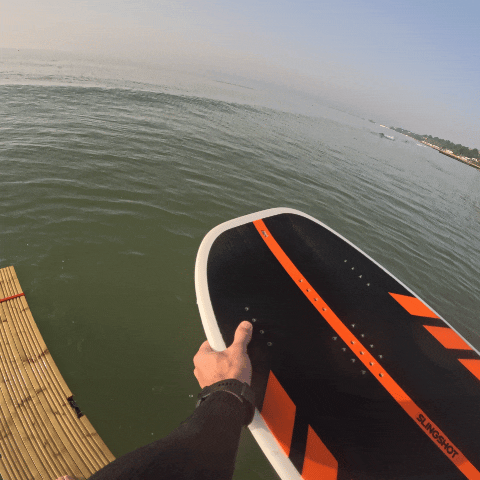
Pumping
The first attmepts pumping after a launch will feel frantic, out of control and lacking of any power/lift creation. As the launches get better you will have more time to get pumping.
- Feet shoulder width apart is what you looking to achieve and in this stance the pump should be about 60% off of the front foot.
- The back foot is more of a hop up and not a push down of the board. You are trying to gain height with this movement. Trying to hop up off the back foot at the bottom of the pump will help bring the foil up towards the surface.
- Higher cadence of pumps will build speed. Not massive uneffcient movements.
- Eyes look forward where you want to go with the upper body staying upright and over the centre line of the board.
- If your hands/arms are all over the place focus on getting them swinging back and forth in time with your pumps.
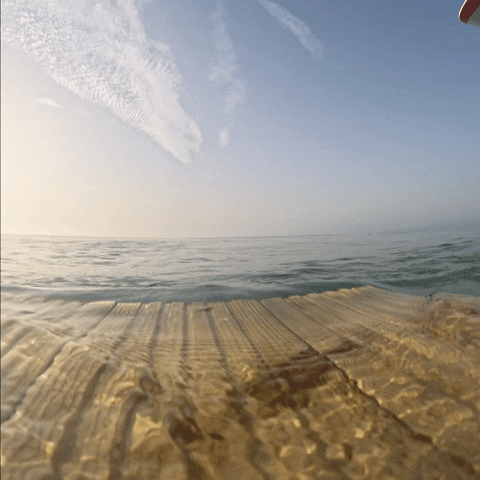
Refining Pumpfoiling Technique:
If you find yourself consistently landing on the board and gliding away, congratulations, you are a pump foiler! People may start saying, "You make it look easy," without realizing the effort you've put in to reach this point.
However, there's no shortcut to endless flight. Pumping can be physically demanding, but it's an excellent way to improve your fitness, which is essential for longer flights. Every time you go out, challenge yourself to go a little further. Measure your progress by noting how far down the beach you can go, see if you can circle a buoy and return, or reach another pontoon and start from there. Achieving the one-minute mark in still water is a significant achievement.
Top Tips to Increase Flight Time:
-
Maintain Forward Focus: Keep looking ahead, as looking down will lead you in that direction.
-
Narrow your stance: With less focus on big movements a narrow stance will allow for smaller yet faster pumping as and when required.
-
Keep Elevation: Keep the front wing close to the surface, as this is the most efficient position. Roughly only the lower third of the mast in the water.
-
Focus on the Back Foot: The push from your back foot should come from the ball of your foot.
-
Embrace the glide: With the foil just under the surface allow the foil to glide between pumps to conserve energy.
As you gain confidence in launching and become more adept, you'll start identifying various launching points, such as pontoons, docks, ledges, and rocks. These can provide access to new and exciting locations, including small lakes, rivers, and ponds. Additionally, it opens up opportunities for riding boat wakes, exploring new downwind areas, and accessing waves without the need for paddling.
In summary, mastering the art of pump foiling will not only give you a fun activity to do in wind/wave droughts but it will also give you a better understnading of your foil setup. More importantly if you want to really become a master of any other foiling discipline it is the key for longer rides. So get out there and prcatice and you will soon be self propelled and beach goers will be asking if your board has some kind of engine too!
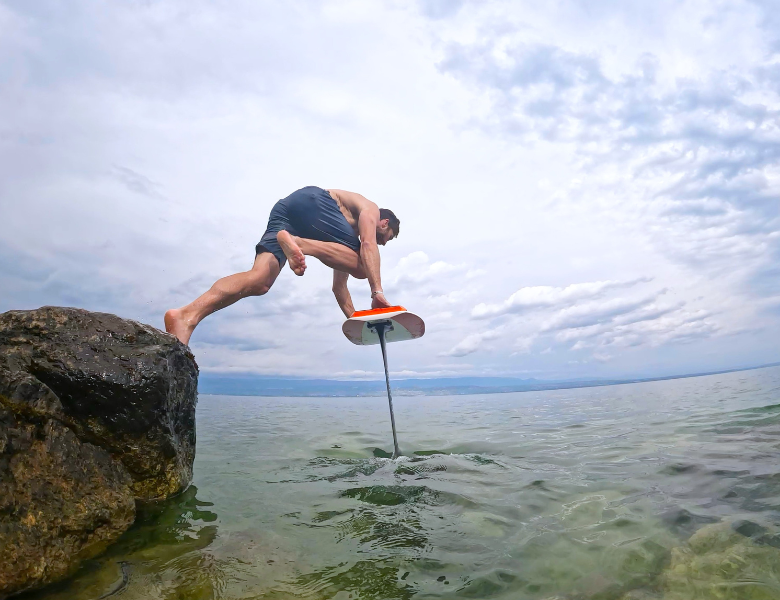
Content created by King of Watersports KOW Copyright
